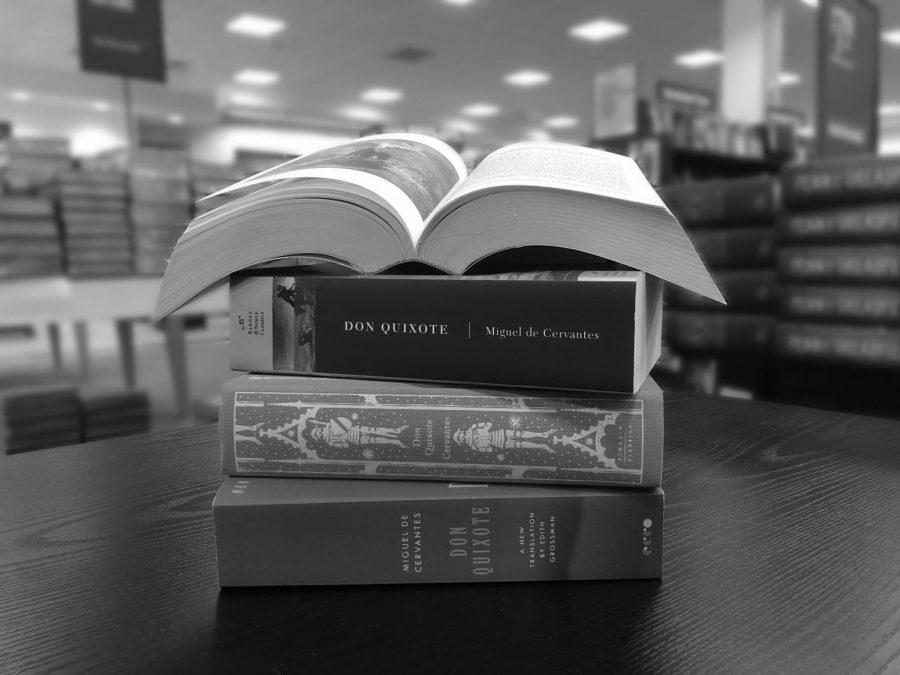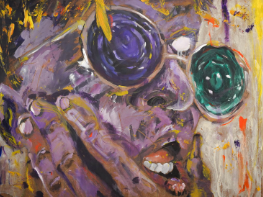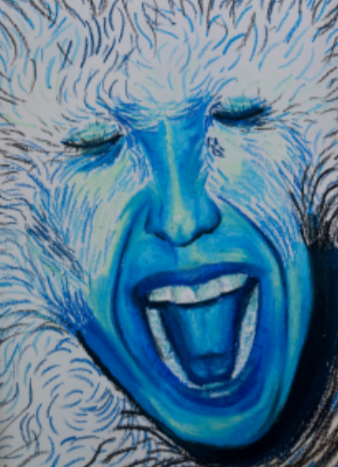Literary translators strive to preserve authenticity while expressing creativity
Irregularities between Spanish and English vocabulary made “Don Quixote” difficult for Grossman to translate
September 13, 2019
“ἄνδρα μοι ἔννεπε, μοῦσα, πολύτροπον, ὃς μάλα πολλὰ”
Though this phrase may appear to be nonsense, it is actually written in Ancient Greek. If you were to ask ten people who understand Ancient Greek what that line is, they would all tell you that it is the opening line to Homer’s epic poem, The Odyssey. But if you were to ask those same people what it translates to in English, you would receive ten completely different answers.
Written in the eighth century BC, The Odyssey has been translated and published in English over 70 times since 1615. But because of the challenges a literary translator must face, no two opening lines are the same.
A literary translator’s job may seem simple; take a poem, novel or other literary work written in one language, and translate it into another. But it is far from simple. When translating a poem, for example, the translator must stay faithful to the original word choice while also creating a flowing piece of literature.
Fahmida Riaz, a translator of Urdu poetry, said that expressions understood in one language, but not the other, make translating poetry much more difficult than translating prose.
“Translating poetry is a much bigger challenge. You are faced with the task of communicating the meaning as well as the beauty of expressions that Urdu readers understand effortlessly,” Riaz said in an interview with the British Council.
The same decisions about word choice have to be made when translating novels too.
Daniel Hahn, the director of the British Centre for Literary Translation, and a translator of both poetry and prose, said that it is the translator’s job to make creative decisions regarding what gets changed.
“Every translation is an interpretative act, as well as a creative one. Translators read the original piece and try to work out what it’s doing, what’s important that’s going on. They are constantly making choices about which elements of a text to preserve and foreground, and which to sacrifice,” Hahn said in the same interview.
While some translators believe in adding something to the translation, Ann Goldstein, who translated Elena Ferrante’s novels from Italian to English, said she believes that it is not the role of a translator to interfere with the author’s original work.
“I prefer to stay close to the text when I’m translating,” Goldstein said in an interview with The Guardian. “I’m not a novelist. I don’t feel like I’m rewriting, or creating something new. I don’t feel it’s my job to do that. For the third or fourth draft, I might work without the text. But in the end, I go back to it, to make sure I haven’t gotten too far away from it.”















